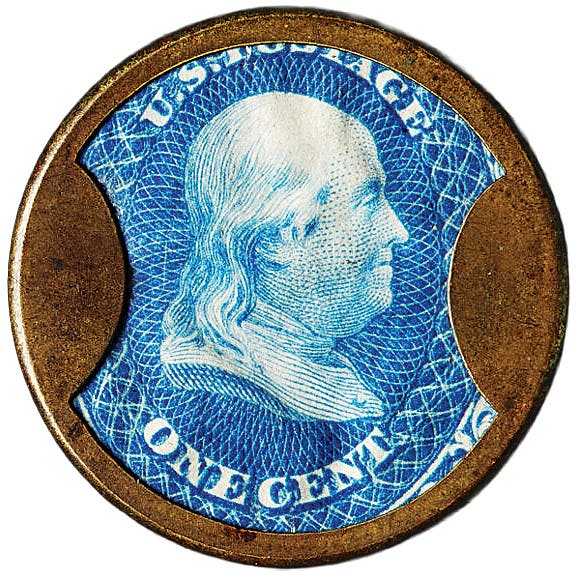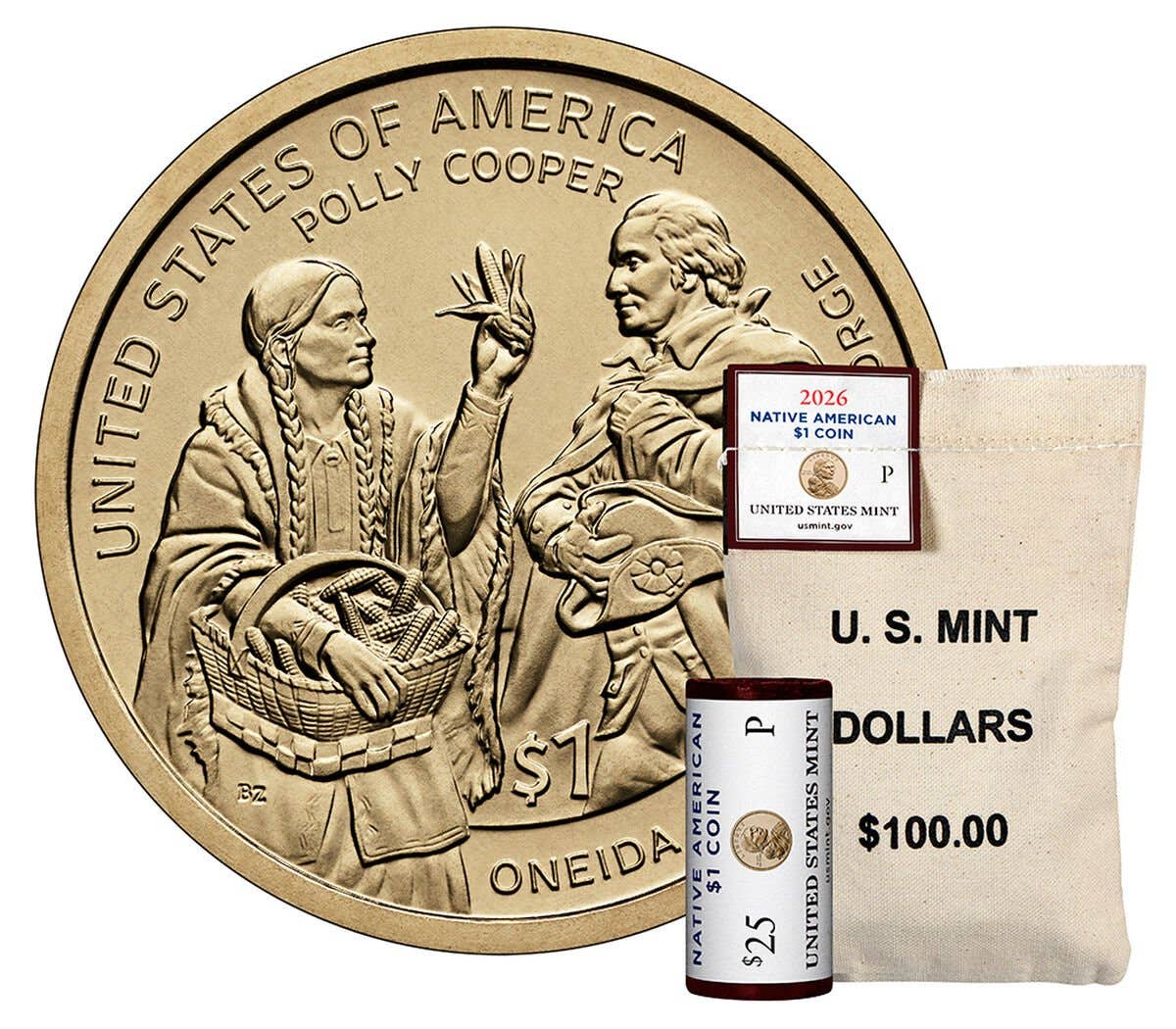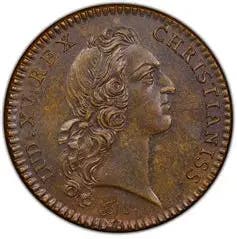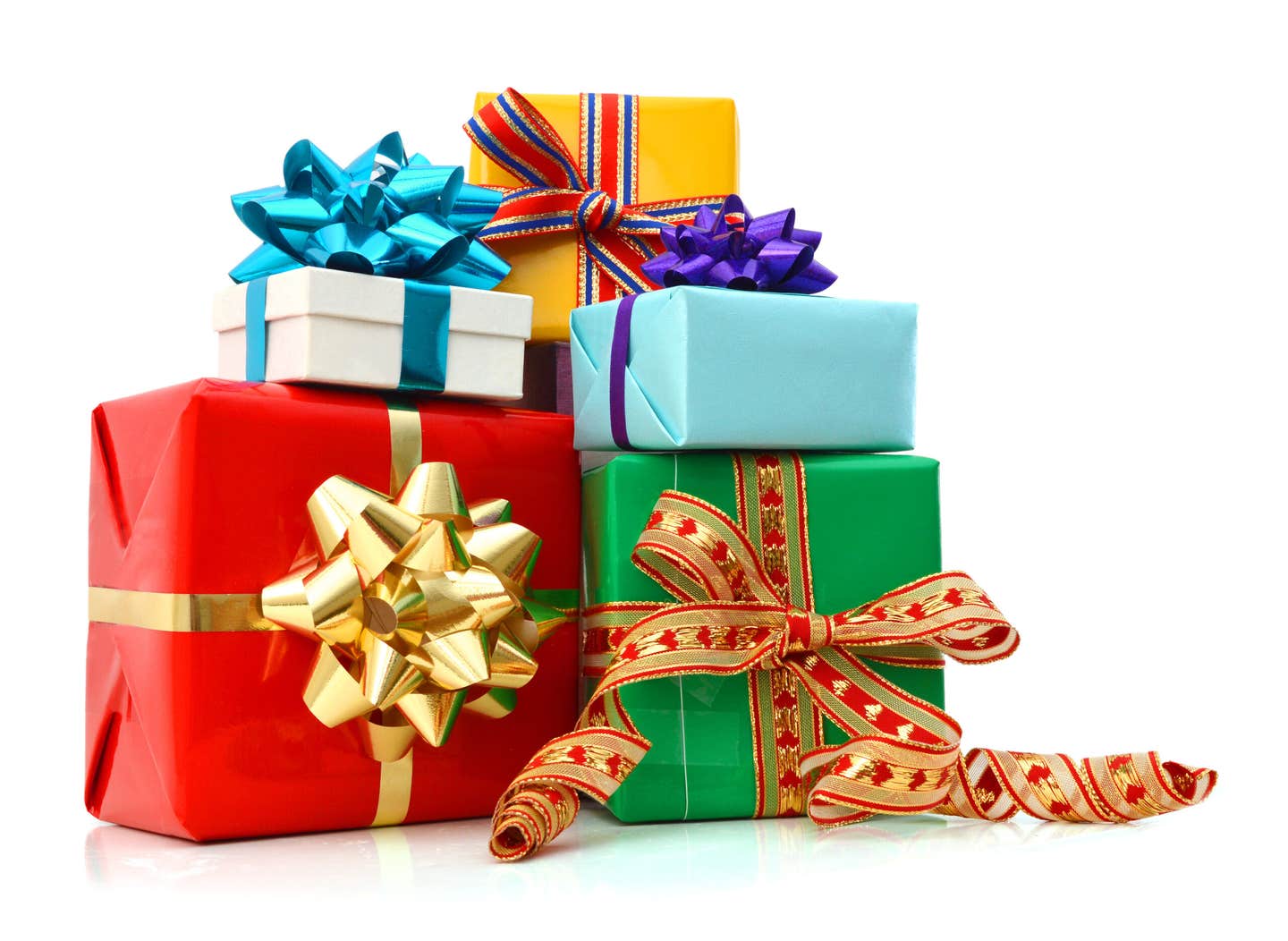This week’s letters (04/10/12)
A selection of this week’s letters from readers of Numismatic News to editor, Dave Harper.
It’s OK to clean coins from shipwrecks
I believe in conservation of coins like from shipwrecks. However, just cleaning of coins to try to increase their value is just wrong.
Coins from shipwrecks are the most intriguing of all coins because of the history behind them. I have purchased one shipwrecked coin and I would like to purchase more, however the price deters me from doing so.
Alex H. Smith
St. Albans, Vt.
Collecting calls for luck, perseverance
Having read the “Viewpoint” about the 1909-S VDB cent and the lucky few who have this slot filled in their collection, I must agree that collecting does involve a high degree of luck and in many cases perseverance.
I am not one of those who can afford to acquire limited mintage items, but I feel I was lucky enough to acquire five of the 2011 silver American Eagle anniversary sets through perseverance. I will never sell them regardless of what the value may bring in years to come.
How many complaints were received about the inability to acquire a 1995 10th Anniversary Silver Eagle set (30,102 mintage) now valued at $2,950? I missed the boat for this set and can only wish I had been more conscientious about acquiring one when they were released.
After giving immense thought about this article I was drawn back to the front page article about “Note from moon brings six figures.” I do not believe the acquisition of this rarity should have wound up in the hands of a dealer and put up for sale on eBay. This smacks of politics at it’s highest degree.
This Series 1963A $20 should have been retained either for NASA or the Smithsonian museum as we, the taxpayers, funded this trip to the moon. There should be an investigation into how this happened and why it was allowed.
Yes, not everyone can have a rarity, but the acquisition of this rare note by anyone not associated with NASA should be brought before Congress.
Another issue that should be written about at length is the recent return of millions of dollars in gold and silver coins brought up from the ocean floor and returned to Spain. Were these coins found in international waters and should the countries without the technology to recover them be allowed to claim ownership? “Not everyone can have a rarity.”
Bill Peyton
St. Petersburg, Fla.
Cleaning no issue among ancient coin collectors
I would like to respond to Charles Allen’s letter in the March 13 issue of NN.
Allen is trying to look at the area of ancient coins through the prism of a modern coin collector.
He must realize that ancient coin collecting is an entirely different world, a parallel universe to modern coin collecting.
Virtually all ancient coins come from the earth and are cleaned.
For better coins this is through professionals, but purchasing uncleaned coins and cleaning them is a popular endeavor widely accepted and is for many the entry way into ancient coins
If one is lucky enough to get a good coin and then clean it adequately he is congratulated.
There is no issue with coin cleaning; people accept that they all have been cleaned and don’t worry about it.
As far as slabs go, this is almost a dirty word to many ancient coin collectors.
High end, expensive coins may be slabbed, but even here most are not. Several years ago there was an effort to introduce slabbing, but it has gotten no where.
Ancient coin collectors like to touch and handle their coins. Often, if they buy a coin slabbed, they will crack it out and leave it out
The comments about if a professional cleans a coin it’s ignored, while if a collector does it, it is “cleaned” and can’t be slabbed is totally incorrect
First, as I stated, almost no ancient coin collector wants his coins slabbed.
Second, it’s accepted that all the coins are cleaned and thus this is a non-issue
Ancient coin collecting has its own problems, just not those Allen raised.
Forgery is first, alteration by tooling is second, smoothing of surfaces and “playing” with the patina are next.
One needs to understand the hobby of ancient coin collecting to understand why his ideas are incorrect.
Name withheld
Prairieville, La.
Plan to attend CSNS convention in Schaumburg
On behalf of our convention staff and Board of Governors, I’d like to extend this invitation to all the members of the numismatic community to attend the 73rd anniversary convention of the Central States Numismatic Society to be held April 18-21 2012 at the Schaumburg Renaissance Hotel and Convention Center, 1551 North Thoreau Drive, just 10 miles northwest of Chicago’s O’Hare Airport, and adjacent to the I-90 freeway near Chicago’s premier suburban shopping destination, the Woodfield Mall.
Our bourse will operate Wednesday through Saturday, with Wednesday being the traditional by invitation only Professional Numismatists Guild Day. Invitations are available from PNG headquarters via e-mail to info@pngdealers.com.
Our event will feature two Heritage Signature Sales, one focused on rare coins and the other on collectable paper money. In addition to the 250-plus booth bourse area, featuring dealers from roughly 25 states, we’ll have an exceptional educational exhibit area, club and society meetings, as well as an eight-session Civil War Educational Forum on Friday and Saturday.
Parking for both overnight hotel guests and day visitors will be free of charge. Continuing our long tradition, we’ll also have complimentary public admission hours available on Thursday, Friday and Saturday.
I hope that you’ll be joining us for what promises to be an exceptional event in the long history of Central States Numismatic Society conventions. Complete details can be found on our website, www.centralstates.info.
Kevin Foley, Convention Chairman
Milwaukee, Wis.
Qualify commems surcharge for tax deduction
For those presently suffering doing their income taxes and looking for deductions, have you ever wondered why we can’t take a deduction for the surcharge on the modern commemorative coins when purchased directly from the Mint?
It’s mind-boggling to me, having worked as a tax preparer. The pre-defined amounts of $10 for the silver commem and $35 for the gold, plainly stated in the fine print on the Mint’s glossy brochures, are not considered as a charitable deduction for those who can itemize deductions on the Federal Schedule A.
There are many examples in the Charitable Contributions section of the IRS’ Publication 17 when a specific portion of a contribution stated at the outset is deductible. For example, if you attend a fundraising dinner, the portion of your ticket that does not pay for the meal is deductible. In other words, that part of your contribution for which you receive nothing in return is a charitable deduction.
The argument here seems to fall down as the Mint is not a “qualifying (charitable) organization.” When selling the commemorative coins, the Mint is acting as a conduit and, by law, is required to immediately remit the sums to the subject non-profit on the coin. The surcharge isn’t profit for the Mint nor is the sum to be used to pay down our national debt. In effect, we are penalized for writing a check to the Mint and not directly to the charity or purpose of the coin.
I have communicated with a well-known expert in the commemorative coin field who says he “fully agrees” with this opinion. Was this an oversight by Congress when the modern commemorative surcharge began in 1983? Were the sponsors just happy to initiate the concept of this coin?
I know coin collectors like coins, but I want a legitimate tax deduction when due. The modern commemoratives bought over the years haven’t appreciated, if at all. Sometimes I feel as if I’m paying for the box, and I’d be better off writing a check directly to the charity and buy the coin near melt in the secondary market.
Congress can do whatever it wants. If Congress really wanted to maximize raising money for the various subject foundations involved, then the surcharge should be advertised as a potential charitable tax deduction on Schedule A. More demand for the coin would be a win-win for the now austere Mint and the non-profit.
Further, new collectors could be brought into the field. More coins in an issue isn’t always appealing to collectors seeking lower mintages, but commemorative coins are issued primarily to give recognition to worthy organizations of national interest and to further their work.
Anyone out there have the ear of their elected officials? I haven’t heard from my U.S. Sen. Scott Brown’s office yet. I fear it’s too late for tax year 2011 and amendable prior years.
Anne Burke
Boston, Mass.
Paper dollar or coin depends on Fed’s profit
Hardly a day goes by that there isn’t some special interest group weighing in on the issue of paper money versus coins through their Senator or Congressman. Massachusetts has its paper dollar ox to be gored in the form of the sole maker of currency paper, Crane and Company. Arizona has its interests in the form of copper deposits that would support coinage blank-making. And the list of special interests goes on and on. It’s all very loud, logical and irresolute.
I believe it will stay that way until the Fed weighs in with its real rationale: profit for the Fed. You see, when the Mint makes a coin, let’s say a dollar coin, it gets the profit from making it. For a dollar, it’s about 70 cents – face value less the manufacturing cost, about 30 cents. Technically, it’s called seigniorage. So the Fed paid the Mint 100 cents for every dollar now in storage.
But it’s very different with paper money printed at the Bureau of Engraving and Printing: the Fed, not the print shop, makes the seigniorage. While the profitability of the one dollar bill for the Fed (about 95 cents) pales compared to that of the other high volume paper note bill, the $100 bill (about $99.75), it is far better than the golden dollar. And as we have all learned, what the Fed wants, the Fed gets. And they don’t really have to tell us much about their reasons.
So I believe that if we are ever to resolve this situation as a country, it will (and does) come down to who and what is most profitable to the Fed. But the I guess it could be worse: it could be up to congress.
In the meantime I will continue to collect all the dollar coins that the Mint makes and hope for some scarcity and interesting varieties.
Erik Jansen
Mercer Island, Wash.
Lucky St. Patrick’s Day for coin collector
I went to my bank on St. Patrick’s Day to cash a check and turn in one of my “found on the ground and all around” cent rolls. When I walked into the bank, one of the tellers greeted me with, “Mr. Tuttle, I have something for you. I’ve never seen anything like this before.”
I went to her window and asked her to see it. It was a 2011-P Gettysburg America the Beautiful quarter. It was the first one the teller saw, and the first one I got in circulation. I told the teller about the series and she said she’d keep an eye out for me and keep them for me.
The other quarter? It was a 2005-P Minnesota state quarter. I then went to the store and pulled out a 1964-D Roosevelt dime from the coin return of the Coinstar counter machine.
Bill Tuttle
Cleveland, Ohio
eBay should allow listings of replica coins
Your article states eBay is banning unmarked replicas, however, according to a phone conversation I had with eBay when they announced this new policy, all coin replicas are banned, including replicas from the Gallery Mint and Royal Oak Mint that are properly marked and perfectly legal to own, buy and sell.
This new policy will not prevent the listing and sale of counterfeit coins on eBay. As a matter of fact, buyers may now be led into a false sense of security that the coin they are bidding on is genuine, mistakenly thinking that the new policy will prevent unmarked replicas and counterfeits from being listed.
Additionally, eBay monitors who examine listings to determine if the item listed is genuine or fake. They don’t seem to know what they are doing as I recently listed a 1909-S VDB Lincoln cent on eBay. The coin had a small spot of corrosion, however, the eBay censors decided only by looking at the photo that the coin was a counterfeit and they canceled my listing.
Upon submitting the suspect coin to a grading service, the coin not only came back as genuine, but also graded two grades higher than what I had originally listed the coin.
This only goes to prove my observation that the authenticity of a coin cannot be truly determined simply by looking at a photograph as the lighting used could play tricks on the eye that could make a genuine coin appear to be counterfeit. A coin must be physically in hand and examined to positively determine the authenticity of a coin.
I always stand behind the items I list. If I sell a raw coin that is later determined to be counterfeit by a reputable grading service, I refund the buyer’s money once the item was returned, even though it was after our normal return window. This is what happened in a recent case. The buyer was happy and continues to do business with us.
eBay needs to revise this policy to allow the listing of legitimate and legal marked replicas on the condition that they can only be listed in a certain category.
Based on past experience, however, I do not expect eBay to listen to the complaints of those who buy, sell and collect such replicas.
Name withheld
Information sought on Engelhard silver bars
I received your organization as reference that might be able to help me on Engelhard stuff. I am looking to put together a reference source for avid Engelhard collectors such as myself on these early style poured silver bars.
I’m having a difficult time finding any information on production quantity and bar types. Can you help me or point me in the right direction?
Chris Mendola
Address withheld
Now too costly to collect Presidential dollar rolls
I agree with the letter by Nameless, over the Presidential dollar roll.
I, too, collect rolls of “P” and “D” mintmarks. I also gave to my grandchildren. They not only learn all the past Presidents and what makes our nation great, it also helps teach our children and grandchildren for generations to come financial responsibility and could net them a fair profit if sold.
But now at the price of $32.95 plus shipping and handling, I cannot afford to complete my own collection due to a fixed income. I hope Nameless and myself aren’t the only ones who think the future rolls will once again be able to be purchased at our local banks at face value.
Vane Gunn
Knoxville, Pa.









